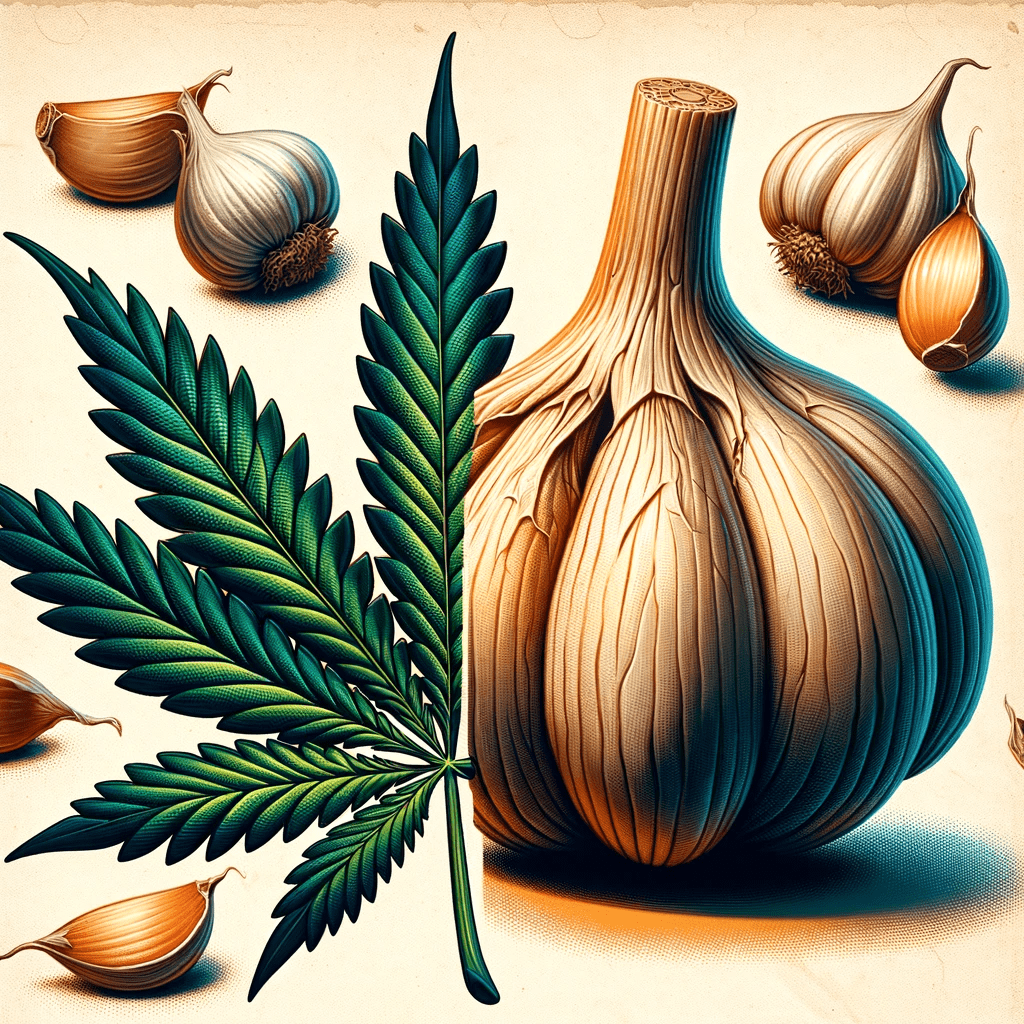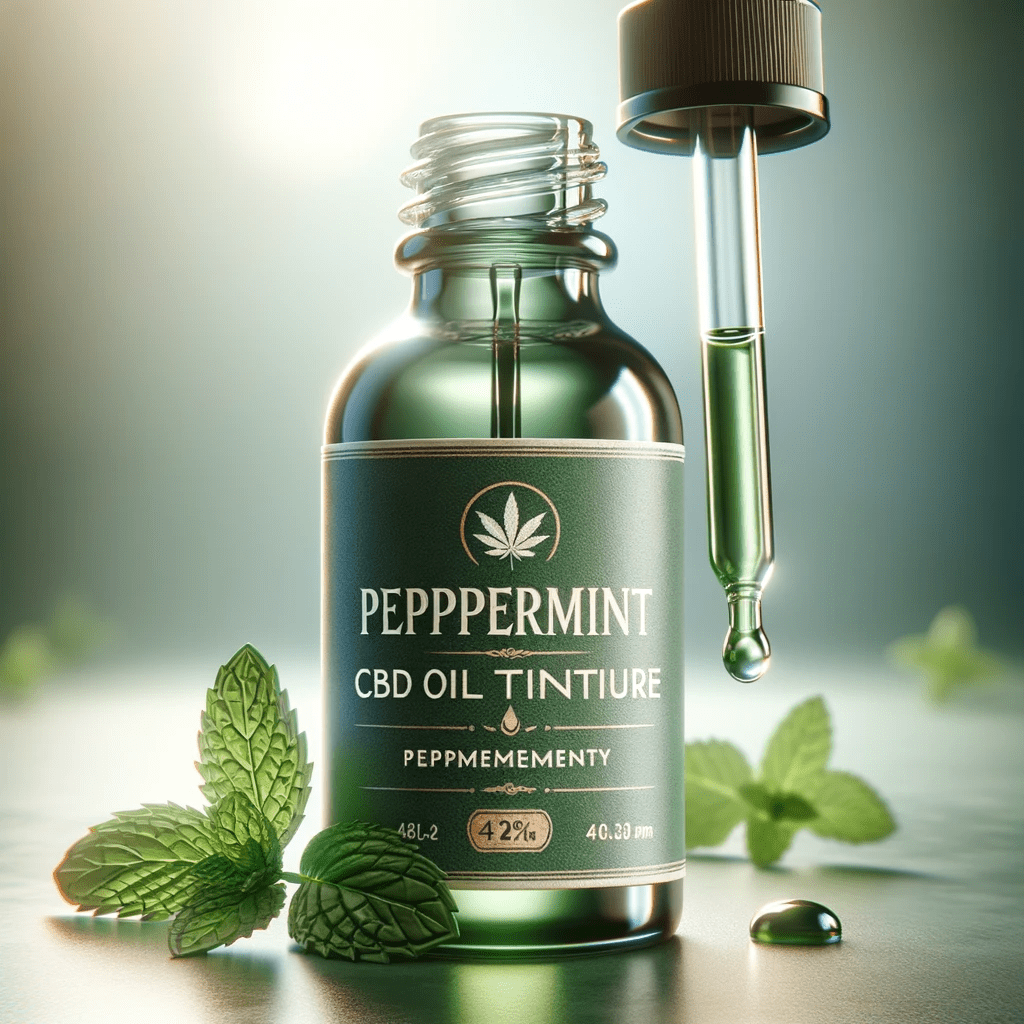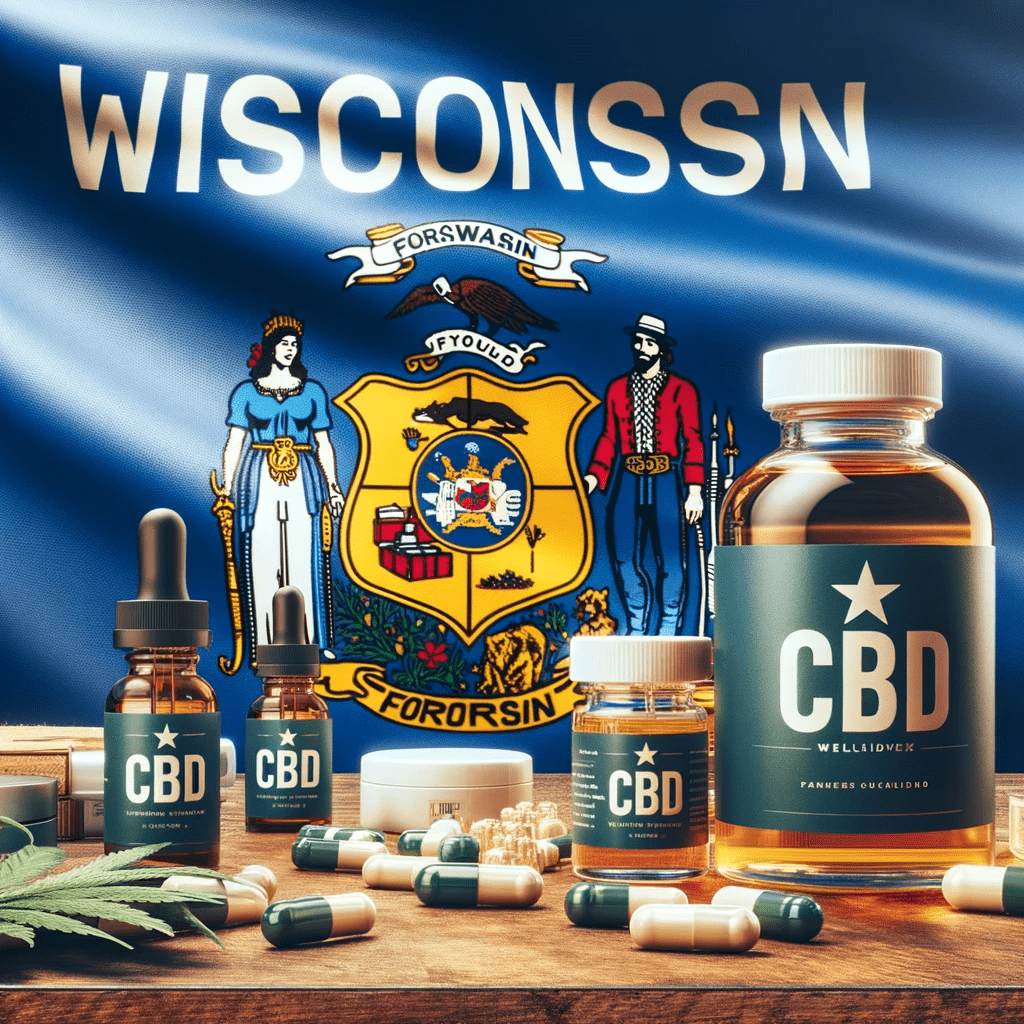I. Introduction To The Latest Developments
Healthcare along with Finance world is a buzz with the latest developments regarding the Health and Human Services (HHS) rescheduling marijuana and the Safe and Fair Enforcement (SAFE) Banking Act. Great changes can be fully conducive to transformation of the marijuana profile in the United States.
II. HHS Rescheduling
Definition and Background
HHS rescheduling denotes the possible revision of federal drug regulation with respect to marijuana which would in affect help the CBD industry. Making it much easier to get financing for CBD pain creams and oils. Such a change may acknowledge that the plant has some medical benefits and reduce the legal barriers to its use.
Possible Impact on Marijuana Industry
This could alter the industry by loosening controls on research, production, and distribution.
Public and Medical Community Reactions
The public and the medical community also have a split opinion whereby some see change due to the therapeutic advantages, while others worry that it may be abused.
III. SAFER Banking Act
Overview and Goals
SAFER Banking Act has been introduced to enable legal marijuana businesses to use banking, a facility that they have missed for some time.
How It Could Change Marijuana Business for Financial Transactions.
This move could legalize and simplify the handling of any financial dealings for the marijuana enterprises, which could act as the ground for the prosperity and stability.
IV. Overall Implication for Marijuana Landscape
Legal Implications
These legislative changes all together have the potential to offer better alignment between federal law and the state laws in areas where marijuana is legal.
Economic Effects
It is also probably that they will increase investment in the industry and development, thus, stimulating the industry’s economic growth.
V. State vs Federal Laws
Current State-Level Marijuana Laws
This has brought about patchwork regulation on legalization of marijuana in many states.
Potential Federal Law Changes
A concerted federal effort could synthesize the current array of legalities and facilitate adherence for both business and consumer.
VI. Public Opinion and Social Impact
Shifts in Public Perception
Today, the public opinion regarding marijuana has changed significantly such that more support for legalization is evident.
Social Implications
This is part of a sweeping change in attitude towards the drug due to revealing personal stories of when weed use has actually helped people.
VII. Medical Marijuana
The research and access environment for medical marijuana has changed greatly over the past year. It will open new frontiers for medical research and, of course, improve patient access to cannabis. Just as the medical field is expanding its horizons, the betting industry is also widening its reach, with a comprehensive list of offshore betting sites offering diverse opportunities for international betting enthusiasts seeking new experiences beyond their national borders.
Patient Perspectives
Patients hope for improved treatment options that will be more available and effective.
VIII. Business Opportunities
Ground Floor: Emerging Business Opportunities in the Marijuana Industry.
For new business ventures and innovations, this is a changing landscape.
Risks and Challenges
Yet, entrepreneurs need to struggle with dynamic regulations and market ambiguities.
IX. Regulatory Challenges
Navigating the Complex Regulatory Environment
In the light of the above, companies should follow state and federal laws.
Future Regulatory Outlook
The regulatory environment is anticipated to change in the future, which would call for flexibility and insight.
X. International Perspective
Global Marijuana Policy Trends
There has also been change of attitudes towards marijuana internationally, with some countries towards decriminalization or even legalization.
Conclusion
the Journey Toward Marijuana Legalization: HHS Potentially Reschedules, “SAFER Banking Act”. These dual impacts could have lasting influence in the industry, affecting the field of medical research to common business practices.
































